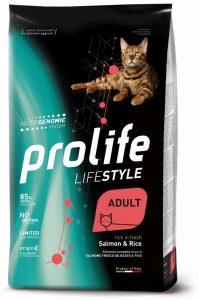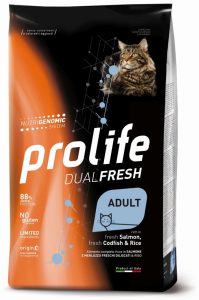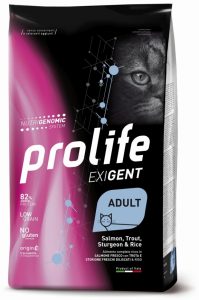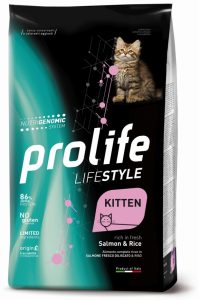Product Name
Product names are sorted from A-Z.
Product names are sorted from Z-A.
Brand
Brands are sorted from A-Z.
Brands are sorted from Z-A.
Score
Scores are sorted from low to high values.
Scores are sorted from high to low values.
Protein
Protein values are sorted from low to high.
Protein values are sorted from high to low.
Fat
Fat values are sorted from low to high.
Fat values are sorted from high to low.
Fibers
Fiber values are sorted from low to high.
Fiber values are sorted from high to low.











